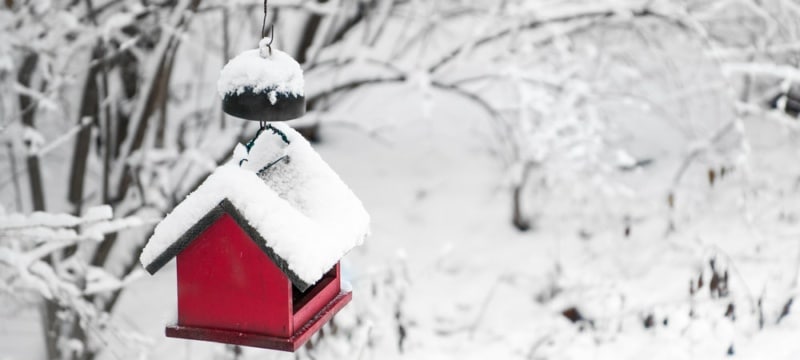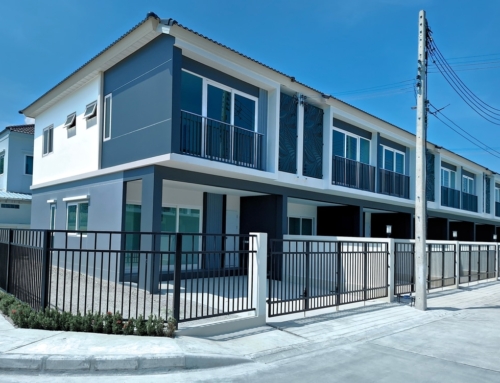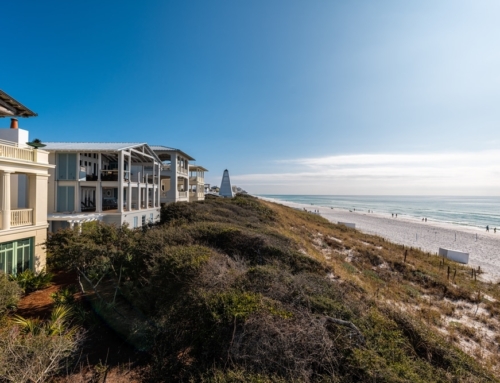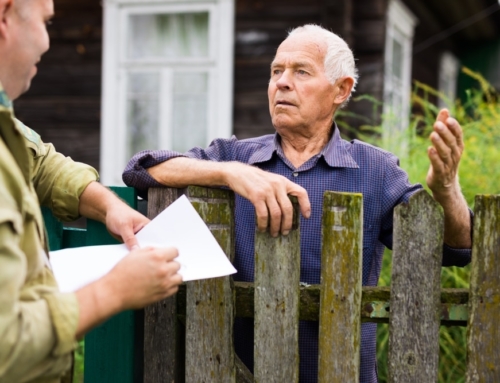When the weather in much of the country turns colder, people increasingly choose indoor activities. Weather affects activity on the housing market as well. Demand for houses often conforms to business-driven “on” or “off” seasons, so the sale of your home is affected both by nature and what we do during each season.
Which season is the best for selling a home? Homes sell in all seasons, but you may need to adjust your strategy in order to maximize the salability of your home.
Whether you’re listing in spring, summer, fall, or winter might affect not only how you price your home but also how quickly it sells.
According to the Adam DeSanctis, a spokesperson for the National Association of Realtors (NAR), real estate sales generally increase slowly during the spring and early summer months, followed by a gradual dip in sales from the fall into winter. But overall, sales remain at a fairly constant level, he notes.
In October, 2014, existing home sales were at an annualized rate of 5.16 million. That dipped to 4.95 million in November, rose slightly to 5.07 in December, before dropping down in January and February 2015, DeSanctis says. Over the past 12 months, annualized existing home sales were the highest in March (5.21 million), May (5.32 million), June (5.48 million), July (5.58 million), August (5.3 million), September (5.55) million, and October (5.36 million), reflecting both a stronger year, and seasonal sales trends.
“Sales generally peak around June and July with activity dominated by families with children, who time their purchase based on school-year considerations,” DeSanctis says. Families begin shopping in spring, which is why that is considered to be the prime home buying season. Seasonal patterns vary somewhat, depending on climate and location, but peak shopping typically starts around mid-February and goes through about mid-June, with closings occurring in June through October.
Traffic is then lower in the fall, with higher levels of singles and couples without children as a market share, which also causes the median price to decline each fall. “When the holiday season begins, home shopping drops to annual lows—generally between Thanksgiving and New Year’s Day,” DeSanctis adds. “That causes January and February to be the slowest months of the year for sales closings.”
Following is a season-by-season breakdown …
Spring and summer are the best seasons to sell a house
Like many activities, buying a home becomes much more attractive once the weather improves. In fact, spring is the peak season for home sales, so that buyers who purchase in spring can move during the summer months and be ready for the start of school in fall.
It helps, too, that spring is far removed from the often-expensive holiday season, and that home buyers may have recently received a large tax refund to help with a down payment or closing costs.
If you’re selling, be prepared for stiffer competition. According to the National Association of Realtors, the number of homes listed for sale (also known as the “inventory”) tends to be the highest in April and May, the height of the spring selling season.
Fall may be a little slow
“Parents with school-age children usually don’t want to switch school districts mid-year, and so fall can be a little slower for sales,” says Payman Emamian, a real estate agent with the John Aaroe Group in Pasadena, Calif.
Better weather is a major reason people are more likely to purchase in spring and summer, but schools are another reason for shopping during the warmer months. Locations where weather isn’t much of a factor, such as Los Angeles and San Diego, still see spikes in sales and prices in spring and summer because of the school year.
“People want to be sure they’re in the right school district for the new school year,” says Emamian. “It’s a big deal for a lot of people. They want to be set in their lives when the school year comes.”
Be prepared for winter: It could be a great time to sell
The reasons for a slowdown in locations with harsh winters are obvious, notes Emamian. Cold, sometimes treacherous, weather means fewer people are out looking for homes.
Not only are there fewer homes on the market during this time, according to NAR data, but Emamian noted that it can take buyers longer to decide on a home during the winter even with slightly lower prices.
That said, serious buyers are shopping for more than holiday gifts, according to DeSanctis. The sales price of existing homes peaked in December 2014, before dropping down a bit in the spring and rising again in April and May 2015, according to the NAR sales report.
Winter is a great time for singles and couples without children to begin shopping for a home, adds DeSanctis. “Sellers who’ve been out the market for a while may be more willing to negotiate price after the beginning of the year, and there is less competition from other buyers, although fewer homes available for sale.”
So, what’s a seller to do to combat seasonal slumps?
Price your home appropriately for the season
You’ll want to price your home to make people interested in looking at it, whatever the weather or season. Serious sellers should price their homes competitively in the winter, as serious buyers will be looking to take advantage of the lower number of buyers and will want to transact, says DeSanctis.
Listing your house at a slightly lower price is one way to sell it faster during the bad-weather portions of the year. In places known as “vacation hot spots,” the off season could bring bargain hunters. For example, you might want to consider selling your ski home before or during ski season to maximize price and the number of buyers.
“Prices definitely drop during inclement weather, [so] that’s the only way to motivate [prospective buyers],” Emamian says. “You may be the only one who sells during that time, and it will be because you sold it at the right price.”
Take photos of the home at its peak
Prospective buyers like to see lots of digital photos of the interior and exterior of your home. Many of the best home photos are taken in spring and summer, when the plants are at their greenest, flowers are blooming, and the sun is out. You should make sure you take plenty of photos when your home looks its best even if you don’t plan on selling soon.
Keep your home in excellent condition—no matter what the season
There are ways to make a home look more inviting, even if the trees are bare and everything is covered in snow.
- In winter, clear away snow and ice from walkways and stairways, and clean the windows to add appeal.
- In spring, get your yard in shape by removing winter debris and planting flowers, unclutter closets and box up winter clothes, and add bright colors to your home’s staging with fresh flowers or throw pillows to bring the spring indoors.
- In summer, highlight your outdoor areas, keep flowers watered, and make sure the air conditioning is working overtime to keep prospective buyers cool.
- In fall, rake leaves to keep the lawn looking good, replace dying summer blooms with colorful fall plants, and keep outside lights in working condition to help illuminate the earlier nightfall.
Ilyce Glink is a best-selling author, real estate columnist, and web series host. She is the managing editor of the Equifax Finance Blog and CEO of Think Glink Media. Follow her on Twitter: @Glink






